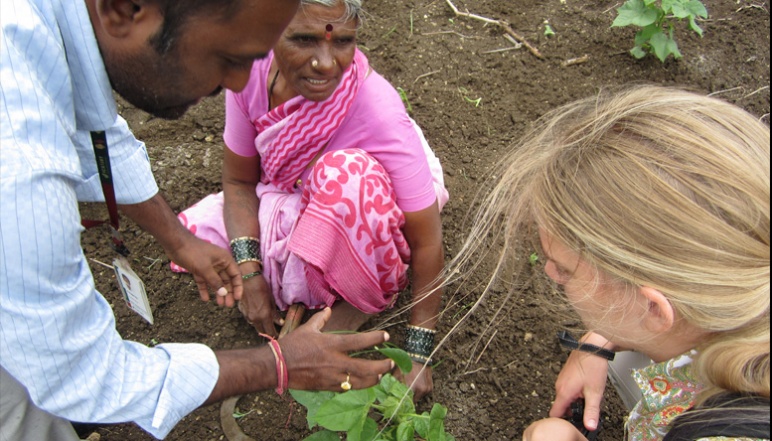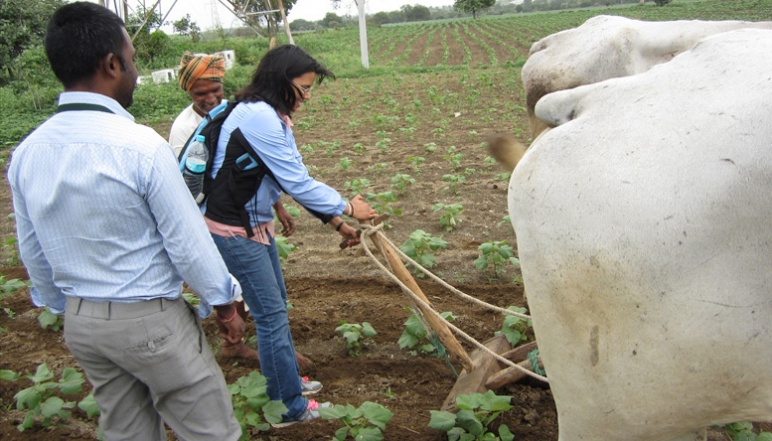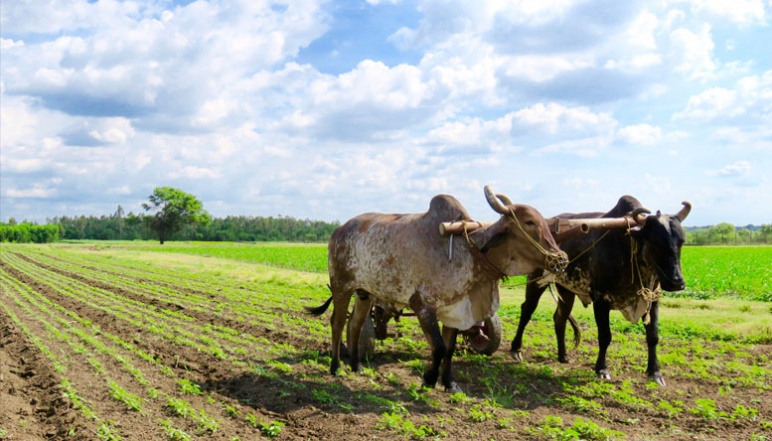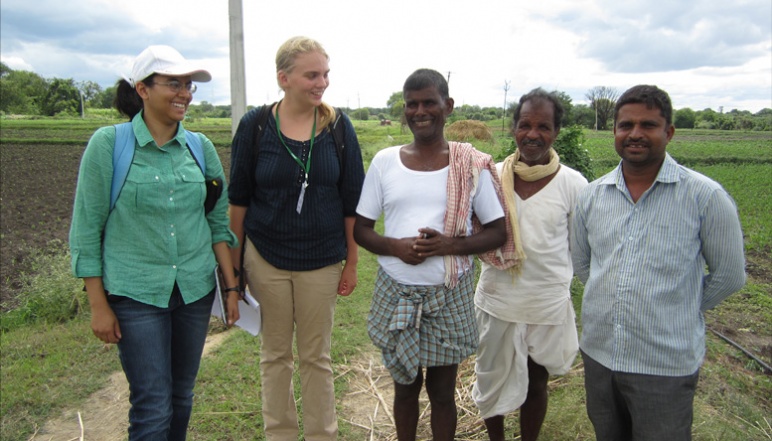Our Research Leverage Points: Opportunities for increasing food production in developing countries

Photo credit McLaughlin, James research team

Photo credit McLaughlin, James research team
Video credit: McLaughlin, James Research team

Photo credit McLaughlin, James research team

Photo credit McLaughlin, James research team
Principal Investigators
Challenge:
What causes the gap between observed and attainable crop yields, and how can agricultural policy and aid efforts effectively reduce this gap to meet food security goals in developing countries?
Research Strategy
- Using mixed methods, identify technical, social, and economic factors tied to food productivity
- Develop new resource assessment, screening, and crop modeling tools
- Produce practical, geographically-specific policy recommendations
Project description
This project sought to support donors, government agencies, NGOs, and aid organizations in their efforts to maximize their impact on food security. It aimed to address the possibility of increasing food production by closing yield gaps (differences between observed and maximum attainable crop yields). These gaps are particularly large in developing countries with scarce or unreliable water resources, poor soils, low incomes, and inadequate transportation infrastructure. Options for increasing yield in such regions include expansions in irrigated agriculture and fertilizer use, improved pest prevention techniques, use of improved cultivars, and adoption of sustainable cultivation practices that enhance soil quality.
The team used global data sets and advanced technology to screen for sites where conditions appeared to be favorable for yield improvements. Screening criteria included water availability, soil properties, terrain, and proximity to markets. Focused field studies at the selected sites looked at the likelihood that yield improvement interventions would be effective in practice. This team’s effort relied on a unique and powerful combination of quantitative resource assessment techniques and qualitative anthropological methods. The field studies assessed feasibility by examining the preferences, capabilities, and experiences of farmers and other stakeholders; the effectiveness of past agricultural development projects; local infrastructure, and possible sociopolitical and economic barriers to successful interventions. These activities were coordinated through an alternating schedule of screening analyses conducted at MIT and field visits carried out during winter and summer breaks.
Outcomes
- Used ethnographic methods to conduct participant observation in Cap Haitien, Haiti to learn how smallholder farmers engage in traditional modes of crop cultivation
- Found that in a given smallholder setting, the most effective combination of cash crops (income) and subsistence crops (food security) depends on sociocultural and technical factors
- Discovered that since food security and poverty alleviation are intertwined, interventions to improve them are sometimes in competition or at odds, however, farmer associations that negotiate with exporters for better prices for crops, can help farmers’ livelihood
- Cultivated a network of individuals, NGO, and government contacts at field sites for future outreach
Additional Details
Impact Areas
- Food
Research Themes
- Sustainability & Adaptation
- Economics, Policy, & Practices
- Equity & Access
Year Funded
- 2015
Grant Type
- Seed Grant
Status
- Completed


